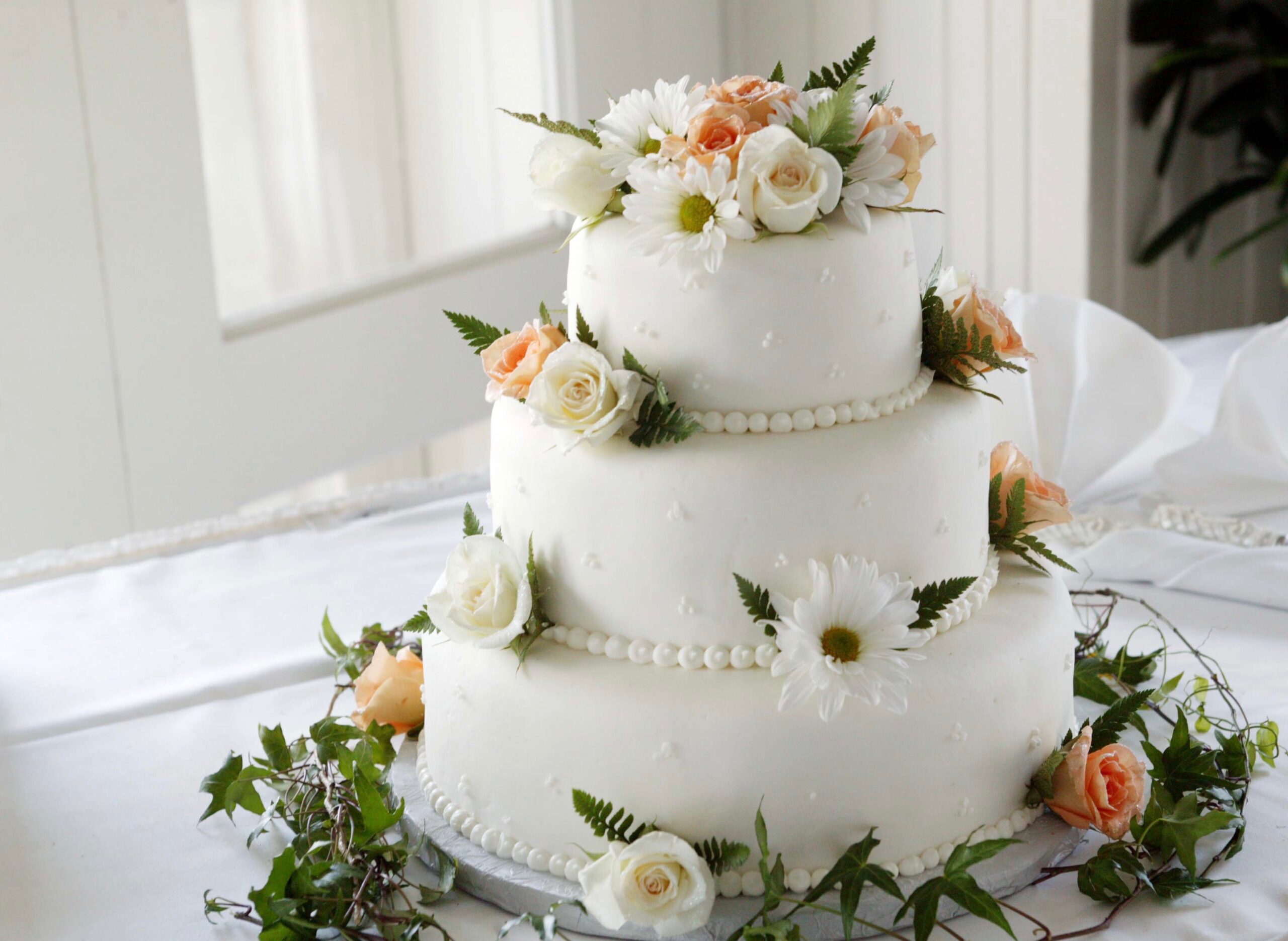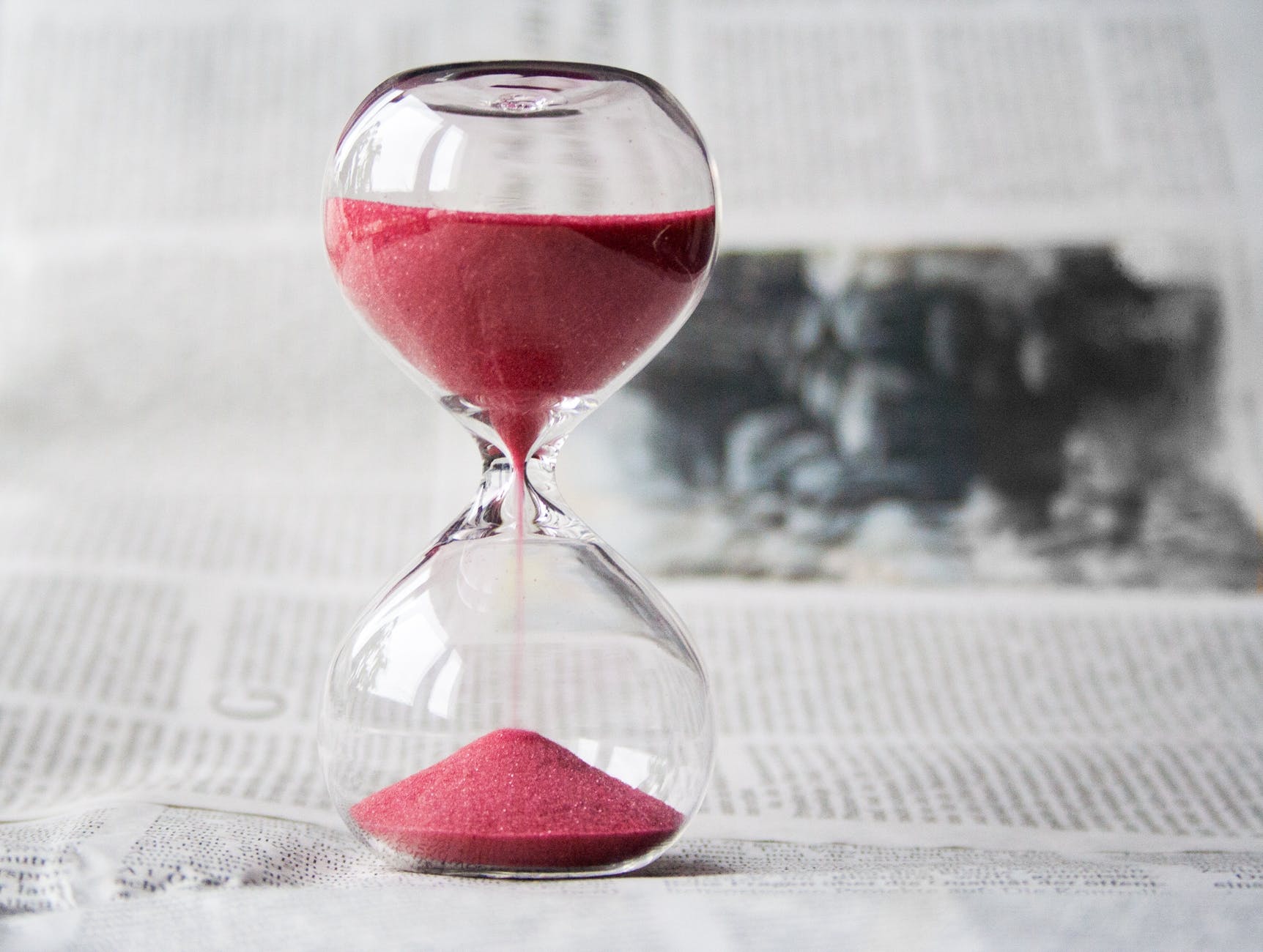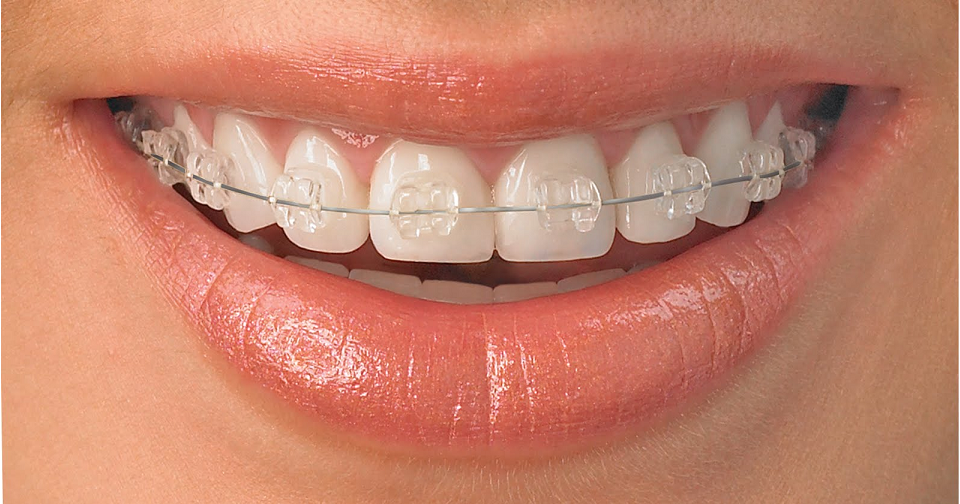“I take very good care of my teeth, so why are my teeth so yellow”? Most frequently question put up to a dentist.
Pearly and sparkling white teeth is everyone’s dream. A slight discoloration or black mark on your teeth can tarnish your smile. People with yellow teeth often hides their teeth while smiling. They even shy when in public speaking with a fear that the world would come to know of their yellow teeth.
It depends upon ones care and daily routine, that maintains the healthy and white spark in teeth. But we normally do not take care of our mouth health as much as we give to external physical health. We often do not rinse our mouth after meals, do not do brushing before going to bed or avoid healthy food items which are good for our dental health.
So, here is the list of your “Smile culprits’.
What determines the color of your teeth?
The composition of tooth structures will affect the outward appearance of a tooth. Teeth is made up of three layers:
- Enamel
- Dentin
- Pulp from outward to inward
What is Double layer effect?
Normally, outermost enamel layer is colorless and translucent. Color of dentin is yellowish. The color of natural teeth is determined by the color and diffuse reflection of dentin, and the thickness and light scattering effect of enamel. This is termed as the “double-layer effect”.
Therefore, any structural change in the enamel, the dentin or the pulp, the light transmitting and light reflecting properties of a tooth are likely to be altered. Thus the appearance of your teeth will change too.
Color of a tooth is affected predominantly by dentin and by the translucency of enamel acting as a color modifier.
Types of teeth discoloration
There are two types of teeth discolorations that happen normally:
- Extrinsic stains
These stains are caused by extrinsic factors and can be divided into two categories. The majority of tooth discoloration are extrinsic in nature and appear as brown integuments.- Some compounds may get incorporated into pellicle in your teeth and produce a stain as a result of their basic color or chromogens in your diet or substances habitually placed in the mouth
- Some other compounds may be caused by chemical interaction at the tooth surface.
- Intrinsic
Factors for intrinsic staining is present within body either congenital (since birth) or systemic.
Differentiate between External and Internal teeth staining
Scratch test
Weakly adherent plaque will be removed by a light scratching with dental diagnostic instrument or scaling instruments. Intrinsic discoloration cannot be removed by using the scratch test.
We are covering here the reason of external staining as the list of factors responsible for internal staining is long enough. We Shall cover it in other article.
10 Common reasons of staining of teeth
- Chromogenic bacteria
These bacteria that are present in plaque, deposits colored substances onto the tooth surface. Color of the stains varies from one strain of bacteria to other like green, yellow, blue, black, orange etc. They still tend to reoccur after removal. - Direct staining by food or drinks
It occurs by food substance having a strong coloring characteristic like tea, coffee, berries etc. Apart from direct staining of teeth, too acidic or too sugary food or drinks stain teeth. - Individual susceptibility of staining
Some mouth and teeth conditions may make a person more prone to staining like enamel defects, minute fracture lines, salivary dysfunction, poor oral hygiene, microscopic pits and fissures on teeth. - Salivary glands dysfunction
Saliva plays an important role in removing the food debris. Hence reduction in flow of saliva in diseased conditions predispose the accumulation of plaque leading to stain deposition. - Poor Oral hygiene
Plaque forms a rough surface on enamel where stains can attach, giving teeth a dull and unsightly appearance. Poor oral hygiene allows plaque and stains to build up. The stains are usually found on surfaces with poor tooth brush accessibility. - Smoking or other oral habits
Cigarettes,pipes, chewing tobacco, water-pipe and cigars can put ugly brownish-yellowish stains on your teeth. Nicotine is a addictive chemical in tobacco, inherently colorless substance that turns yellow when put in contact with oxygen. Nicotine penetrates the nooks and crannies of the teeth leading to teeth stains, these may be yellow, brown, dark brown or even black stains, the severity depending partly on duration and frequency of the habit.Betel leaf: There is copious production of a blood-red saliva that can stain oral structures. - Normal aging processes
As we get older, the nerve tissue or pulp of the teeth continues to make more dentin on the inside of the tooth and the enamel becomes thinner. When the enamel gets thinner, more color of the darkened dentine reflects. This can result in a gradual darkening of the color of the teeth with age. - Medication or illness
- Some antibiotics such as tetracycline and amoxicillin can affect the colour of teeth, especially in younger children.
- Drugs prescribed to adults for allergies and high blood pressure may also have this side effect.
- Certain illnesses, particularly those that affect the liver, can result in discoloured teeth.
- Patients who undergo chemotherapy or radiation treatment for cancer may also find their teeth turning a brownish hue.
- Mouthwashes that contain Chlorhexidine or Cetylpyridinium chloride can stain teeth.
- Iron supplements can cause black discoloration of teeth after consumption.
- Trauma, caries
When a tooth sustains trauma, the blood supply to the tooth is cut off and the nerve of the tooth dies. When this occurs the tooth may darken in color. - Fluorosis
Fluoride is good for teeth, but excess fluoride can cause yellow or brownish yellow spots called fluorosis. Fluoridated water, fluoride toothpaste and prescribed fluoride tablets and treatments are your biggest sources of fluoride. Ask your dentist if you’re concerned or your child is taking too much fluoride through these means.
When we are young our teeth are strong. But as we age the dental health deteriorates and gums loosen up. This time we feel the need of some external artificial set of teeth. But if take care of few basic things in our daily routine, we can keep our dental health for a longer time.





